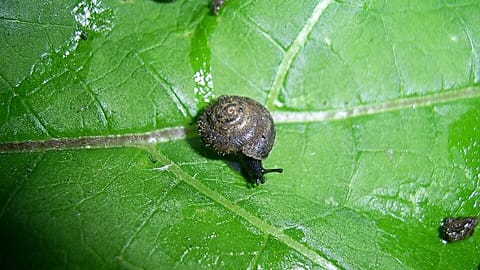Plants make noises when they are cut or when they are thirsty.
Although they might not be audible to human ears, plants do make noises.
Researchers in Israel found that plants make a high frequency clicking sound when placed under stress.
During a six year study, the researchers listened to a variety of plants including tomatoes, grapevines, tobacco and wheat.
The plants made noises when they were cut or when they were thirsty. But researchers say more analysis needs to be done to find out why.
Do plants make a noise when they’re in pain?
Researchers at Tel Aviv University in Israel have found evidence that plants do make noises when they are under stress.
Their findings were published this week in the peer reviewed journal Cell Press.
The scientists say the frequency of the sound is too high for human ears, but could be heard by insects or mammals.
How did researchers record the sound of plants?
The researchers used microphones to record healthy and stressed plants.
“We recorded the sounds emitted by plants, we used mostly tomato and tobacco, but we also recorded wheat corn, grapevine, cacti,” says lead author Lilach Hadany.
Hadany explains that the team used different methods to distress the plants.
“We used mostly two stresses, drying the plant and cutting it with scissors, and in both cases they emit sounds. During dehydration, if we stop watering the plant, it started emitting a sound, about day two it peaks.”
The recordings were made in a soundproofed acoustic chamber with a greenhouse environment.
After recording the plants, the researchers trained a machine-learning algorithm to differentiate between unstressed plants, thirsty plants and cut plants.
They took several examples of the ultrasonic sounds, compiled them in a small time frame and changed the frequency so it was audible to human hearing.
According to Hadany, who is an evolutionary biologist, ultrasonic vibrations have been recorded from plants before, but not when transmitted through the air.
Do plants communicate through sound?
The scientists believe further research could reveal more about how plants interact with their environment.
Hadany says just because we can’t hear plants, it doesn’t mean that they are silent to other forms of life.
Insects like moths, or mammals such as mice bats, can hear plants. But the reason why plants make a noise is “an exciting question that is not yet clear.”
“There are two options, the exciting direction is that it is used for communication, but there is also the option that the sounds are a byproduct of physiological processes,” explains Hadany.
What’s also not yet clear is whether the sound-emitting plants are hoping to distract predators or attract pollinators.
“So we can think of a female moth intending to lay eggs. It can lay eggs on a tomato, and now there are several tomato bushes, some of them are emitting sound and others are not,” Hadany says.
“Would it prefer the ones that emit sounds or the ones that do not? This is something we’re looking at, at the moment.”


















